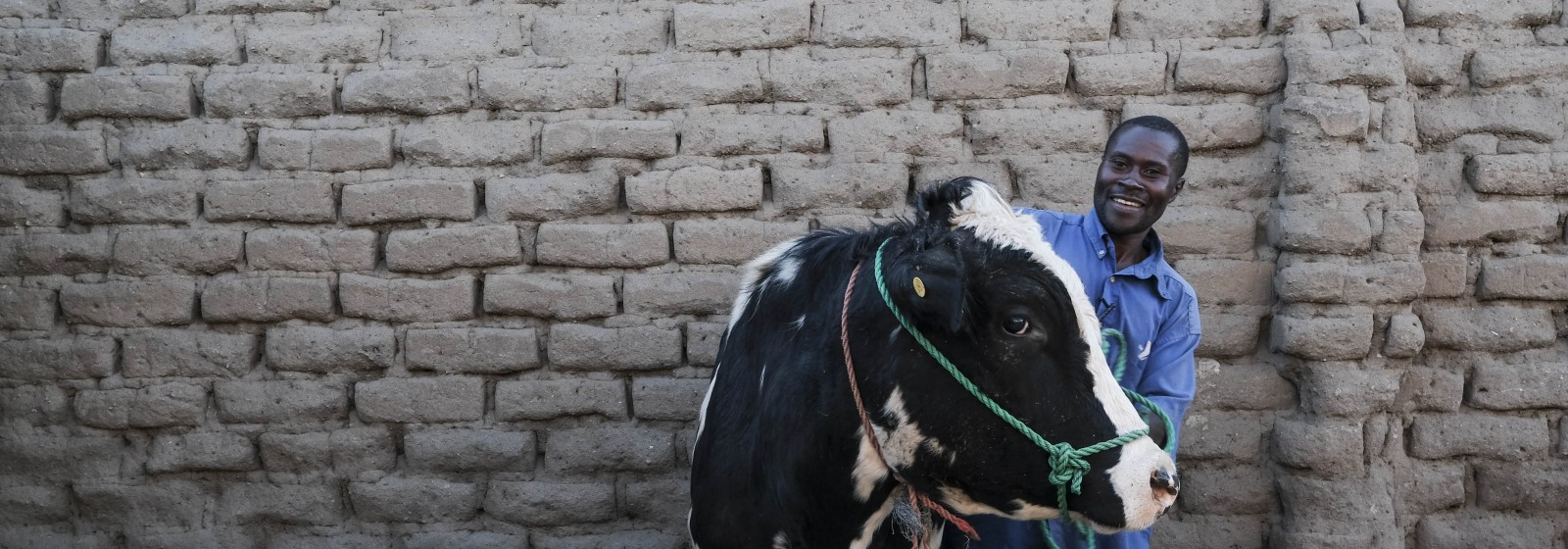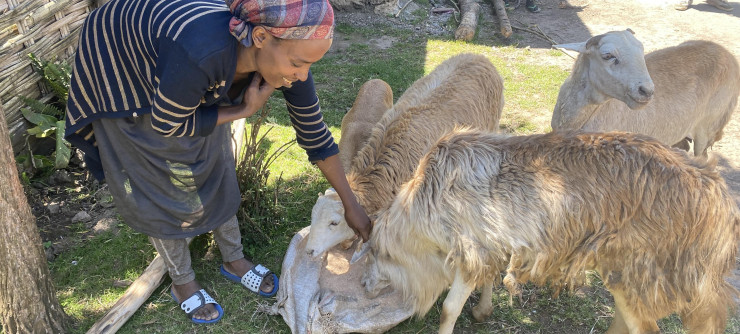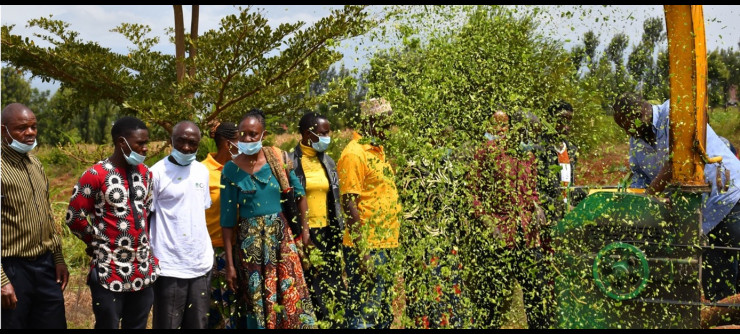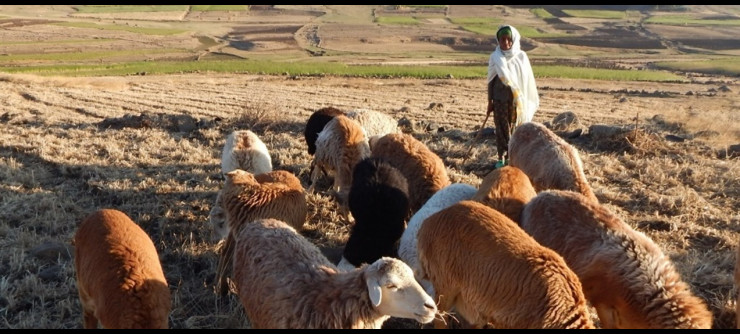The aim of the Livestock Genetics flagship is to ensure that appropriate livestock breeds are readily available, affordable and widely used by women and men livestock keepers in low and middle income countries.
Building on lessons from Fish & Livestock (phase 1), the Livestock & Genetics flagship is incorporating more research into the development of new genomics approaches for use in livestock commercial sectors. Innovation platform approaches are at the core of two of the main flagship projects, the African Dairy Genetic Gains (ADGG) and African Chicken Genetic Gains (ACGG), both funded by the Bill and Melinda Gates Foundation. These platforms are enabling the identification of knowledge gaps, which are being addressed in the short term through targeted research projects. Genetics interventions in ACGG and ADGG will be combined with those in health and feeding, maximizing the outputs of genetic gains breeding approaches.
Community based breeding programs (CBBP) for small ruminants that began in phase 1 continue to advance and expand in Ethiopia, with plans to scale them out to neighboring countries. Through joint work with the Livestock Livelihoods and Agri-Food Systems flagship, the strategy is a component of integrated interventions in Ethiopia.
Basic research will be undertaken by the recently established Centre of Tropical Livestock Genetics and Health (CTLGH) – a joint venture between ILRI, Scotland's Rural College (SRUC) and the University of Edinburgh, funded by Bill and Melinda Gates Foundation and DFID. This partnership provides opportunities for the flagship to quickly integrate the latest genomics development into its research activities and to pilot and explore the potential of promising new genomics technologies for smallholder and pastoral livestock communities.
The Livestock Genetics flagship’s objectives are:
- Identify and promote the most appropriate existing livestock breeds for systems and value chains (including promotion of breed substitution as relevant).
- Develop improved breeds, capitalizing on recent advances in genomic and reproductive technologies (within-breed improvement, cross-breeding).
- Develop effective delivery systems (public–private partnerships, community breeding schemes).
- Seek improvements in relevant policies and institutional arrangements.
The flagship:
- Combines genetics with appropriate health and feeds to improve livestock productivity.
- Aims to ensure all stakeholders in livestock production systems, keepers and consumers can benefit from better livestock genetics.
- Identifies and promotes the most appropriate livestock breeds for specific value chains and systems.
- Develops improved breeds, capitalizing on new opportunities created by advances in genomic and reproductive technologies (within-breed improvement, cross-breeding).
- Creates effective delivery systems for improved livestock genetics (such as public–private partnerships and community breeding schemes).
- Improves policies and institutional arrangements to maximize the long-term effectiveness of genetic interventions.



